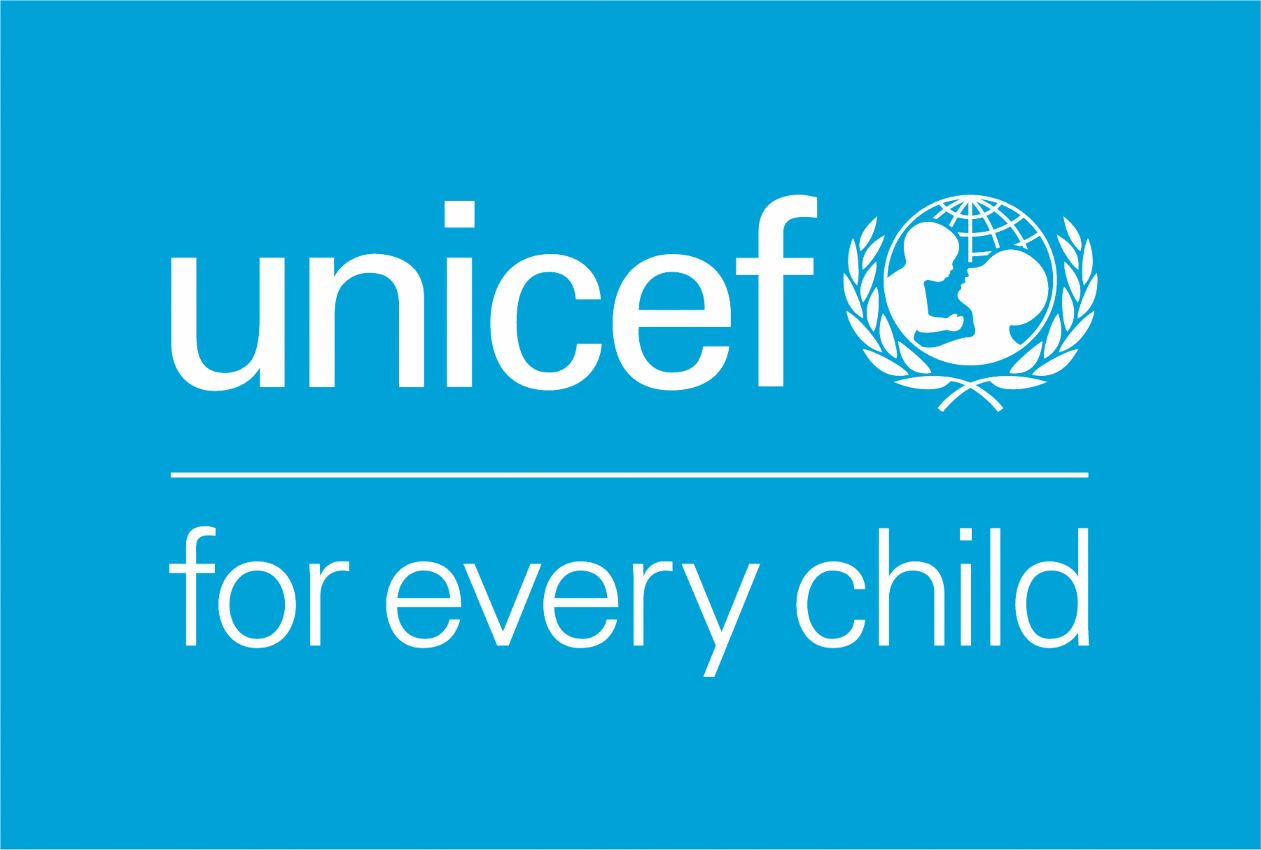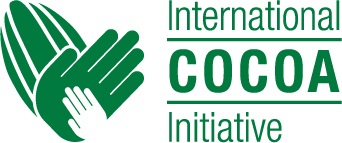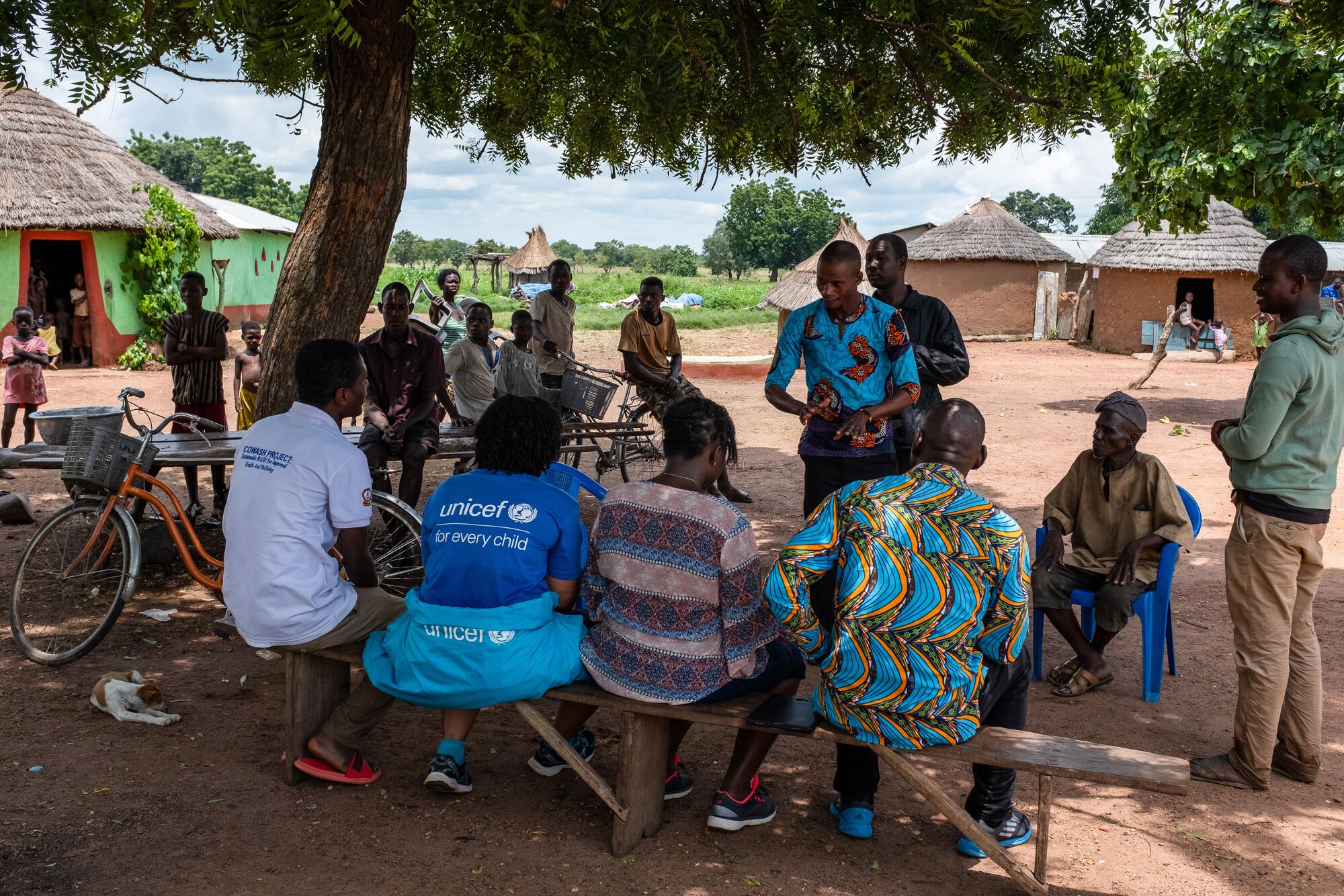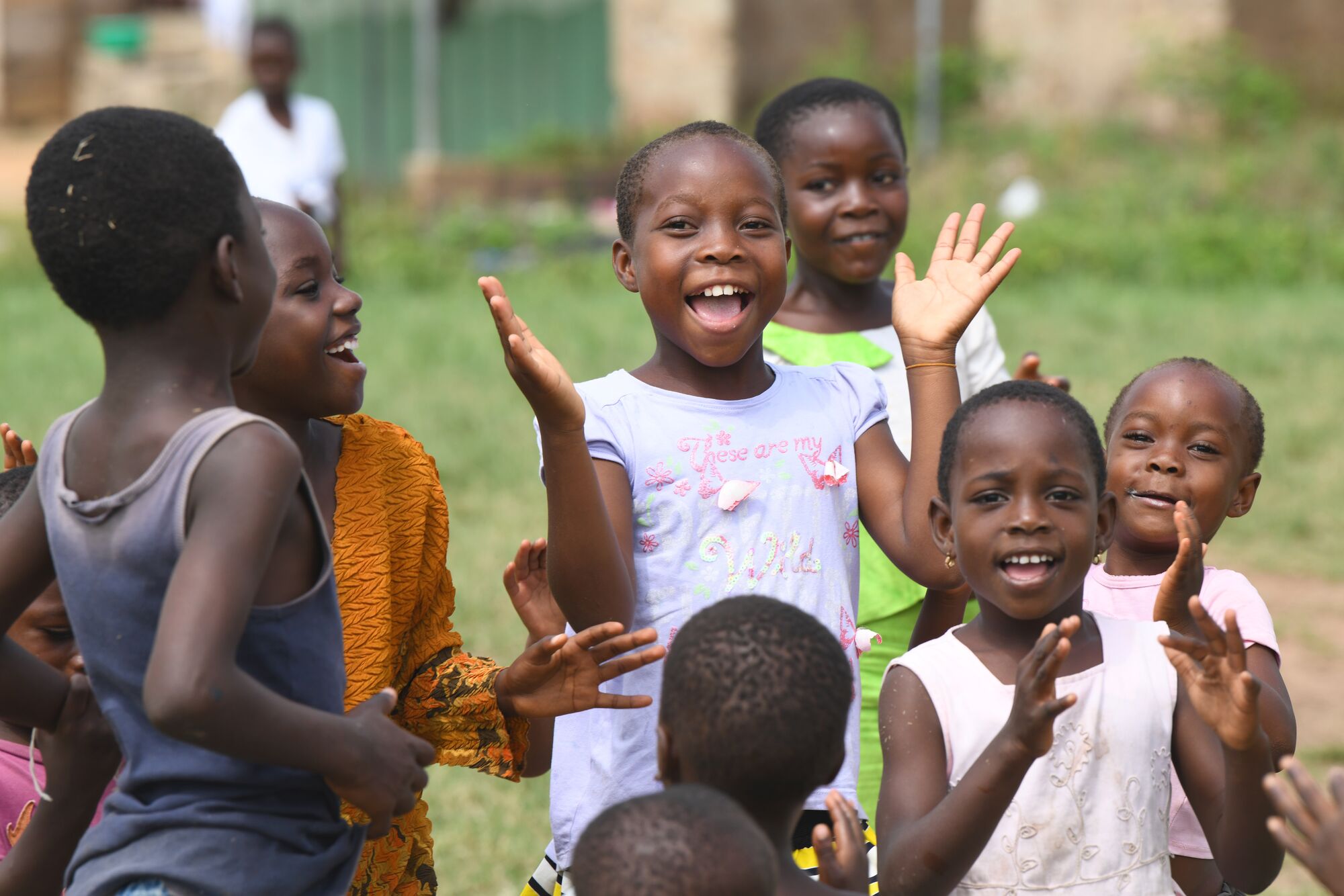Tackling Child Labour and Enhancing Youth Opportunities in Ghana
What is the main objective of the project?
In Ghana 28% of children between 5 and 17 years are engaged in child labour. The factors that perpetuate child labour include local customs and social norms, lack of access to quality services such as health, social protection, education and limited decent job opportunities for youth. Ghana also faces challenges due to inadequate budget allocation and expenditure to deliver social services at the decentralised level. There are multiple efforts to monitor child labour, but systems are not aligned, undermining Ghana’s capacity to address child labour effectively.
This project, realised through a technical collaboration between the United Nations Children's Fund (UNICEF) and the International Cocoa Initiative (ICI) aims to bring relevant stakeholders from government, private sector and community level together to jointly address the root causes of child labour. It aims to enhance local governance and cross-sectoral coordination, support child labour monitoring systems’ harmonisation, improve access and quality of social services, promote positive behaviours in communities and the private sector and empower youth.
The priority regions of the project are the Western North region (Bibiani Ahwiaso Bekwai), the Ahafo region (Asunafo North), the Eastern region (Ayensuano), and the Central region (Assin South).
How will the project contribute to sustainable cocoa production?
The project promotes sustainable cocoa production as it proposes a multifaceted approach to address the root causes of child labour. It recognises the strong nexus between child labour, poverty, lack of quality education, access to social services, lack of opportunities for youth as well as a lack of capacities and coordination between relevant stakeholders in the landscape. The project’s ambition is to tackle structural challenges and ensure the cooperation of all stakeholders, including development partners, the private sector and civil society organisations to create systems that are integrated with governmental mechanisms. The evidence and learnings generated through this proof-of-concept phase will inform future programming and stimulate the uptake from the entire sector. The project aims to contribute to the SWISSCO Roadmap 2030 Target 3 “Tackling child labour and improving perspectives of the youth”.
What steps are taken during the project?
At the national level, UNICEF and ICI will enhance interoperability among child labour monitoring systems, fostering better accountability, identification and management of child labour cases and strengthening the government’s system for delivery of social services and improved public finance management.
Sub-nationally, UNICEF will support the capacity building of district multi-sectoral teams, civil society organisations and business partners on public finance management, child protection, education and referrals.
At the community level, ICI will advocate for improved child safeguarding policies within the private sector and conduct community sensitisation. UNICEF will support the implementation of YOMA (Youth Agency Marketplace) – an initiative granting young people access to sustainable skills and jobs and promoting positive social behaviour change.
How are local organisations and authorities included in the planning, implementation, and decision-making of the project?
ICI aims to engage its member cocoa companies and civil society organisations, while UNICEF aims to liaise with national, regional and district government partners. Project activities will be embedded in the district's annual action plans. This is the most proven way to ensure the project's sustainability and decentralised government ownership. At the community level, UNICEF and ICI aim to work with representatives of existing and to-be-established community structures and empower them to lead social behaviour change interventions, child labour case identification, reporting and prevention activities. Cocoa companies will be engaged to help develop interoperability between child labour monitoring systems.
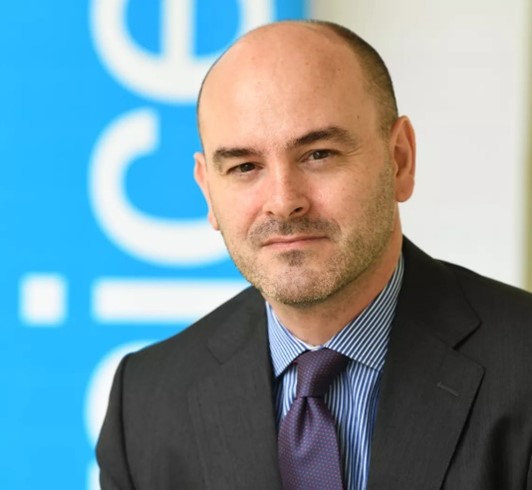
“Our project brings stakeholders together from across government, the private sector and civil society in an unprecedented effort to address the root causes of child labour. Together, we can make a real difference for children and families in Ghana.”
What are the expected outcomes of the project?
This project aims to develop a pooled fund structure for a public-private partnership to tackle child labour in Ghana. A system of interoperability for various existing child labour monitoring systems (SWIMS, GCLMS, CLMRS) will be established. National and district authorities will receive training to enhance the design and implementation of budget plans. Social and educational service providers will be supported to deliver education, child protection and social protection services, allowing them to identify at-risk children more effectively.
At the same time, children and families will benefit from integrated social services. Due to the project, awareness of children’s rights, but also reporting mechanisms of child labour cases and referral pathways will extend to communities, cocoa companies, farmers, women's associations, and COCOBOD staff. Furthermore, youth will gain access to skilling and job opportunities. These outcomes will demonstrate the transformative value of an integrated multistakeholder approach at the decentralised level with a potential to scale by maximising public and private resources.

“This proof-of-concept is so critical. Our approach will enable the harmonisation of the many efforts that are currently happening. With the learnings of this pilot, our ambition is to secure the private sector’s support for more coordinated efforts to jointly address the issue of child labour.”
How do you ensure a lasting impact beyond the project's duration?
The long-term financing strategy intends to gain wider support from the public and private sectors beyond cocoa and international resources. Specifically, the strategy considers leveraging supportive measures for implementing EU Corporate Sustainability Due Diligence (CSDDD) and tapping into domestic revenues. This will involve leveraging innovative financing mechanisms to ensure a more predictable and equitable allocation of resources among sectors and districts. At the end of the project, the evidence generated will be documented and shared with stakeholders in and outside the cocoa sector for advocacy toward influencing future programming and stimulating financial uptake from the sector.
UNICEF does not endorse any brand, company, product or service.
Organisations involved
